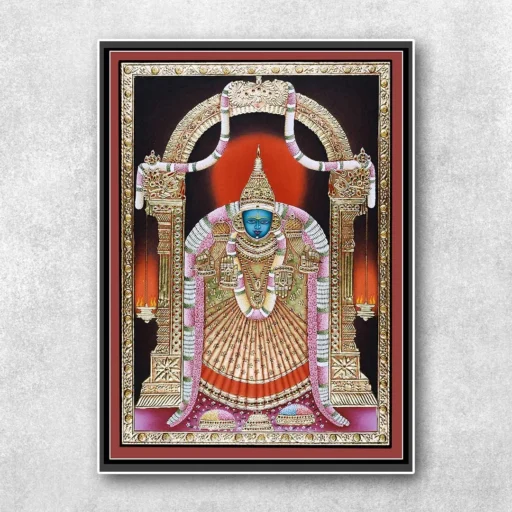Introduction:
In the realm of artistic expression, Modern Art stands as a bold and revolutionary movement that shattered traditional conventions and brought forth a new era of creativity. Defined by innovation, experimentation, and a departure from classical norms, Modern Art continues to captivate and challenge viewers around the globe. In this blog post, we invite you to delve into the captivating world of Modern Art, exploring its key characteristics, iconic artists, and the impact it has had on the art world.
-
- Breaking Boundaries:
Modern Art emerged as a response to the rapidly changing world of the late 19th and early 20th centuries. Artists sought to break free from the constraints of academic art and explore new avenues of expression. They pushed boundaries, challenging conventional notions of perspective, form, and subject matter. From Cubism’s fragmented perspectives to Surrealism’s dreamlike imagery, Modern Art encouraged viewers to question and reimagine their understanding of reality.
-
- Embracing Abstraction:
One of the defining features of Art is its embrace of abstraction. Artists sought to convey emotions, concepts, and ideas through non-representational forms. Abstract art allowed for a departure from the literal depiction of objects and instead focused on the power of color, line, and form to evoke a profound response in the viewer. Artists like Wassily Kandinsky, Piet Mondrian, and Jackson Pollock paved the way for this bold artistic movement.
-
- Iconic Modern Artists:
Modern Art is synonymous with visionary artists who reshaped the art world. Pablo Picasso, with his groundbreaking Cubist paintings, shattered traditional perspectives and revolutionized artistic representation. Salvador Dalí’s surrealistic visions challenged the boundaries of the subconscious mind, leaving a lasting impact on the art world. Henri Matisse’s bold use of color and form continues to inspire generations of artists. These and many other iconic figures left an indelible mark on Modern Art and its evolution.
-
- Diverse Movements and Styles:
various movements and styles emerged, each with its unique characteristics and approaches. From the geometric precision of Constructivism to the spontaneity of Abstract Expressionism, Modern Art encompassed a wide range of artistic expressions. Artists found inspiration in societal changes, technological advancements, and personal introspection, giving rise to movements such as Dadaism, Pop Art, and Minimalism.
-
- Impact and Legacy:
The impact of Art extends far beyond the art world. It sparked dialogue, challenged societal norms, and paved the way for subsequent artistic movements. The emphasis on personal expression and experimentation laid the foundation for the diverse and dynamic art landscape we witness today. Modern Art continues to inspire artists, provoke thought, and serve as a catalyst for social change.
Cubism: Fragmenting Perspectives: *Marvel at the groundbreaking Cubist movement, led by pioneers like Pablo Picasso and Georges Braque. Cubism challenges traditional notions of representation by fragmenting and reassembling objects, offering a multi-perspective exploration of form and space.
Futurism: Art in Motion: *Step into the future with the Futurist movement, capturing the dynamism and energy of the modern age. Explore how artists like Umberto Boccioni and Giacomo Balla celebrate speed, technology, and the relentless march of progress in their groundbreaking works.
Contemporary Crossroads: *Navigate the crossroads of contemporary art, where diverse styles, mediums, and voices converge. From street art to digital art, contemporary artists continue to push boundaries, challenging our perceptions and sparking conversations on the ever-changing nature of art.
Environmental Art: Melding Art and Nature: *Witness the emergence of environmental art, where artists engage with nature to create immersive and site-specific installations. Explore how creators like Christo and Jeanne-Claude use the environment as both canvas and medium, prompting reflections on ecological concerns.
Embracing the avant-garde in modern art invites us to shed preconceptions and embark on a visual odyssey that challenges, inspires, and provokes thought. As we explore the diverse movements and expressions within modern art, we celebrate the courage of artists who have paved the way for new perspectives, inviting us to see the world through a different lens.
Conclusion:
Art remains an enduring testament to the power of creativity, innovation, and the human spirit’s boundless capacity for expression. Through its departure from tradition, the embrace of abstraction, and the visionary artists who pushed the boundaries, Modern Art has left an indelible mark on the art world. It invites us to question, imagine, and explore new frontiers of artistic possibilities. So, embrace the avant-garde, immerse yourself in the world of Modern Art, and let it ignite your imagination and inspire your creative journey.

